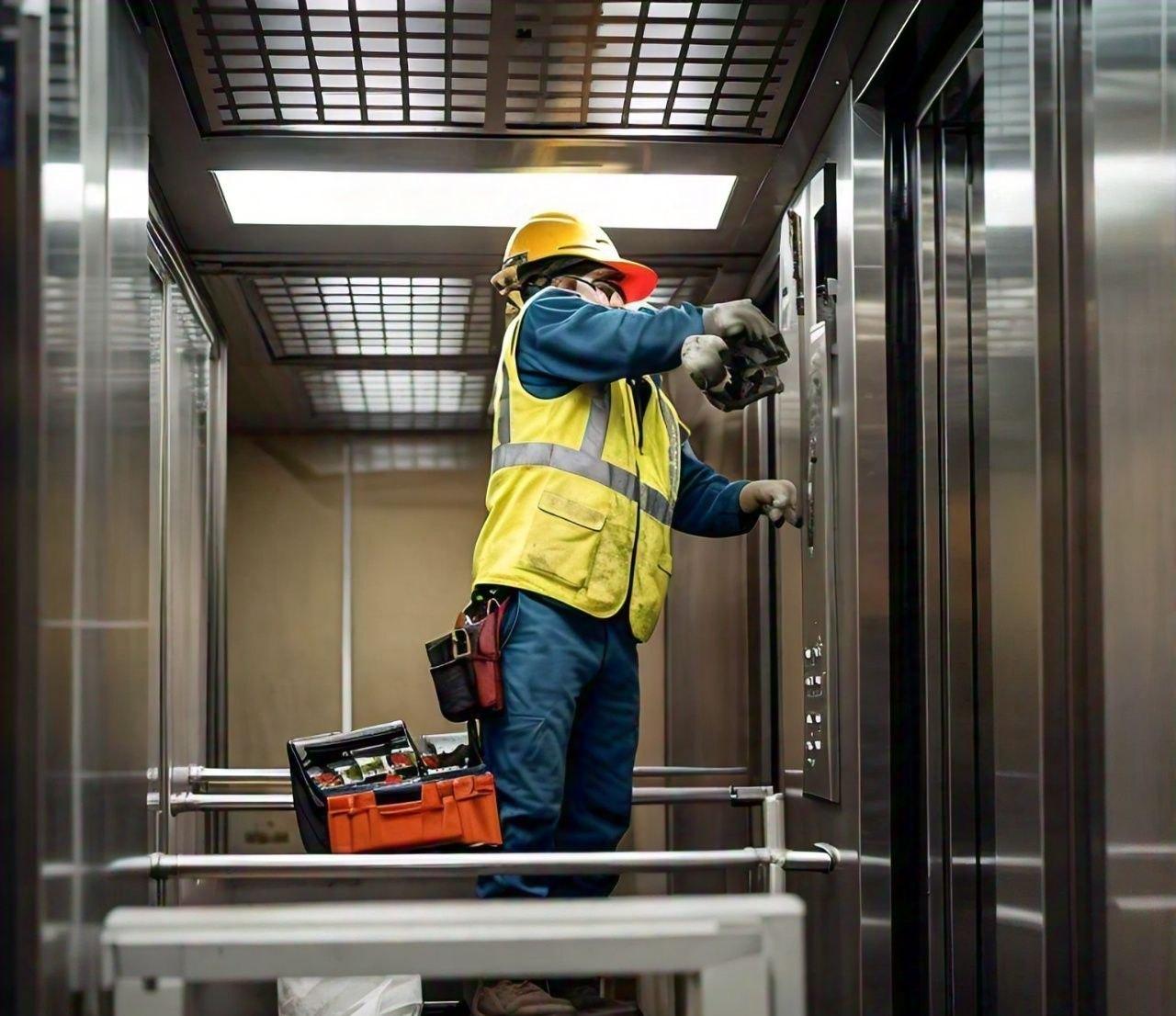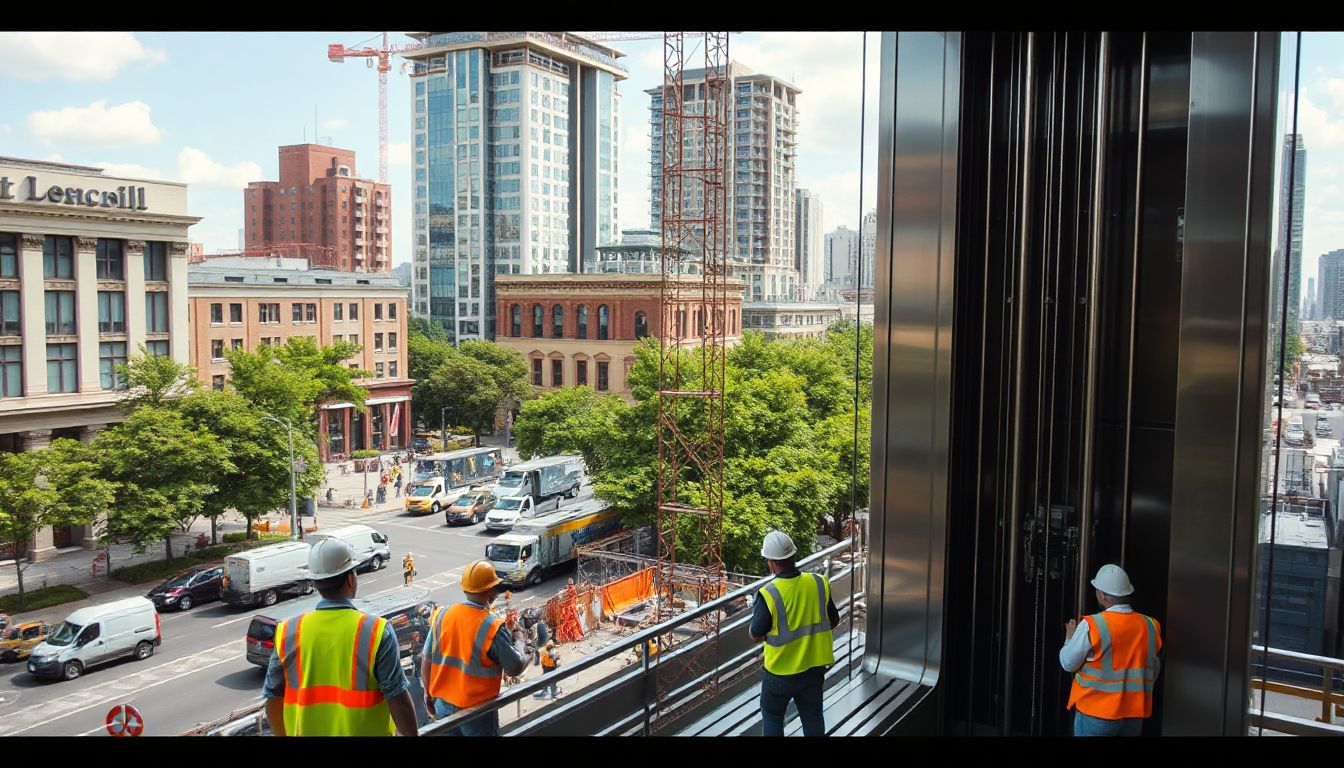
Elevator Market in Midlist Countries Market Overview and Trends

Elevator Installation in All Midlist Countries: A Complete Guide to Residential and Commercial Lift Projects
Introduction
Elevators are a symbol of progress. They turn simple buildings into modern infrastructures. As cities grow, so does the need for reliable, safe, and efficient lifts. Elevators make daily routines easier—helping people reach higher floors quickly and safely. Their presence boosts property value and encourages urban development. Especially in midlist countries, demand for elevator systems has surged with cities expanding. This guide aims to cover everything you need to know about elevator installation—from planning to maintenance—tailored for these regions.
Understanding the Elevator Market in Midlist Countries
Market Overview and Trends
Elevator demand in midlist countries is rising fast. These areas experience rapid urbanization and population growth. Governments are investing more in infrastructure to keep up with these changes. Not surprisingly, new commercial and residential buildings include elevators as a must-have feature. Industry reports say the elevator market here is expected to grow by around 5% annually over the next five years. Challenges like power supply issues and the need for affordable solutions still exist but are gradually tackled through innovation.
Regional Regulations and Standards
Every country has its own rules for elevator safety. Some follow international standards like EN (Europe) or ASME (United States), but many have local codes. These rules cover safety features, installation procedures, and maintenance routines. Governments often set strict policies to protect users and builders, which means compliance is essential. What's key here is that regulations sometimes differ greatly, so knowing regional standards helps avoid delays or penalties during projects.
Key Players and Industry Stakeholders
Major international elevator brands, like Schindler, Otis, and KONE, operate across midlist countries. They supply standard and custom systems suited for different projects. Local contractors and engineers play crucial roles in installation and servicing. Governments also participate by setting safety guidelines and issuing permits. Partnerships between foreign manufacturers and local companies are common, helping transfer skills and adapt solutions to regional needs.
Planning and Designing Elevators for Midlist Countries
Site Assessment and Feasibility Study
Before any lift installation starts, a thorough site survey is essential. Inspecting building structure, available space, and load needs ensures the right elevator design. For example, a school in a busy city district might need a quick, high-capacity lift. Accessibility is vital too—especially for seniors and disabled individuals. Environmental factors like humidity and dust must influence the choice of materials and safety features.
Choosing the Right Elevator Type
To choose the best elevator, consider these main types:
- Traction elevators: Fast, energy-efficient, ideal for taller buildings.
- Hydraulic elevators: Quieter, simpler, suitable for low-rise structures.
- Machine-room-less (MRL): Save space, easy to install, perfect for small buildings.
Each type has pros and cons, and the decision depends on budget, building height, and usage. New tech features such as AI-controlled systems and energy-saving functions are now common. Smart controls improve user experience, while safety enhancements protect passengers.
Design Considerations and Customizations
Designing an elevator isn't just about function. Building owners want visuals that blend with architecture. Custom options include color schemes, interior finishes, and lighting. Capacity and speed must match building size and user demand. Integrating elevators into building management systems (BMS) offers controls for access and maintenance, making operations smoother and safer.
Installation Process and Best Practices
Pre-Installation Preparation
Planning starts with permits and structural approvals. You may need to modify shafts or reinforce building floors. Close coordination with local authorities simplifies inspections and compliance checks. Logistics involves scheduling deliveries and assembling teams, preventing delays once installation begins.
Step-by-Step Installation Procedures
First, foundation work prepares the space. Then, the shaft is built and the elevator components are assembled. Mechanical and electrical wiring follows, connecting motors, control panels, and safety devices. Final steps include testing all systems and ensuring regulatory compliance. Safety checks are continuous during this phase to prevent accidents or errors.
Quality Assurance and Safety Protocols
Before turning over a project, a series of inspections occur. These include load tests, emergency features, and safety alarms. Proper training for installers and site workers minimizes risks. Common issues during installation might involve wiring errors or misaligned components, but experienced teams tackle these swiftly.
Post-Installation Maintenance and Upgrades
Routine Maintenance and Safety Inspections
Regular maintenance guarantees safety and reliability. Schedule inspections every 3-6 months. Checks include brakes, motors, and safety sensors. Troubleshooting minor issues early reduces costly repairs later. Professional servicing keeps elevators running smoothly and extends their lifespan.
Modernization and Upgrading Solutions
Technology advances mean older lifts can be upgraded. Control panels can be replaced with smarter versions that improve energy use and safety. Retrofitting elevators with sensors and IoT features makes them more efficient. While upgrade costs vary, they often pay off by lowering energy bills and increasing reliability.
Regulatory Compliance and Certification
Lifts must continually meet evolving standards. Regular certifications ensure safety and legality. Documentation of maintenance and inspections is crucial for audits. Gaining approvals from authorities confirms elevators are fit for daily use, keeping infrastructure compliant and secure.
Regional Case Studies and Success Stories
In markets like Southeast Asia and parts of Africa, elevators have transformed neighborhoods. For instance, a new mixed-use building in Nairobi saw its value rise after installing modern lifts. Lessons learned include the importance of local partnerships and customizing designs to regional needs. These projects often boost local economies and improve daily life for residents and workers.
Conclusion
Elevator installation matters more than ever in developing markets. Proper planning, quality installation, and ongoing maintenance make a difference. As technology advances, elevators will become safer, smarter, and more efficient. For owners and developers, the best advice is to prioritize safety, follow local rules, and embrace innovation. Elevating infrastructure in midlist countries isn’t just about buildings—it’s about shaping better urban living for all.
There are many variations of passages of Lorem Ipsum available, but the majority have suffered alteration in a our some form, by injected humour, or randomised words which don't look even slightly believable. If you are going our as to use a passage of Lorem Ipsum, you need to be sure there isn't anything embarrassing hidden in the middle the of text. All the Lorem Ipsum generators on the Internet tend.
